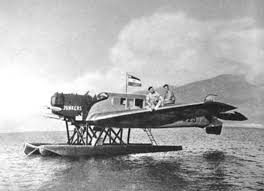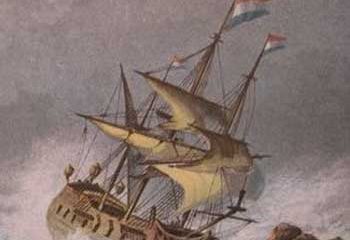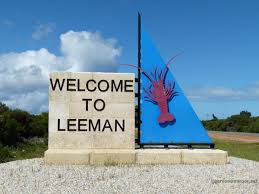
Nico Leonard Willem van Straten was born in Zwolle, September 3, 189 and died in Arnhem, September 18, 1968. He was a Dutch soldier of the Royal Dutch East Indies Army (KNIL) and bearer of the Military Order of William.
At the start of WWII Lieutenant Colonel N.L.W. van Straten was commander of the KNIL troops on the island of Timor.
A few days later Netherlands East Indie Governor General A.W.L. Tjarda Van Starkenborgh agreed that Portuguese Timor, which was only defended by a Portuguese unit of several hundred Timorese with a cadre of several dozen Portuguese officers, would be occupied preventively. To this end, on December 17, 1941, Sparrow Force consisting of approximately six hundred KNIL and more than three hundred Australian soldiers from Koepang, commanded by Van Straten, landed in Dilly, the capital of the Portuguese part of the island. The Australians, a so-called Independent Company, were specially trained for guerrilla warfare.
Although Portugal was neutral during World War II, Portuguese Timor was occupied by Dutch and Australian troops in December 1941. This occupation was not aimed against Portugal, but against the Japanese, as an attempt to halt their advance. There was no military resistance to the invasion, the occupiers noticed a few aging canons at the palace of the Portuguese governor and inside a handful of guns from the 1880s.
Sparrow Force was supported by 12 Lockheed Hudson light bombers from No 2 Squadron, the Royal Australian Air Force (RAAF) and a troop from the British Royal Artillery’s 79th Anti-Aircraft Battery. Allied forces were concentrated around the strategic airfield of Penfui, near Kupang. A 400-strong Dutch-Australian force occupied Dilli the capital of Portuguese Timor on December 17, 1941.
When the Netherlands East indies (NEI) capitulated, van Straten commanded his troops against the advancing Japanese he retreated with them into the jungle of Portuguese Timor and managed to keep them alive in guerrilla-like warfare under the worst possible conditions. The guerrilla group consisted of approx. 80 Australian troops and approx. 160 KNIL fighters.
In the meantime, his staff received radio contact with Darwin and he provided the Allied Air Force with information about the enemy in Timor. Through this contact, he was instructed to send an officer to Australia to provide more detailed information on the situation and needs. A flying boat of the Americans managed to land unnoticed at the island and Van Straten himself evacuated to the mainland with an Australian brigadier general.
He gave command of his troops to Captain J. Breemouer.

After his arrival in Australia, Van Straten was told that he did not have to return to Timor and was appointed (acting) Army Commander Australia (LCA) because of his seniority. He was initially based in Melbourne. He held this position until Van Oyen was appointed acting LCA in August 1943. The LCA also became commanding officer of the Army Airforce.
After the war at a parliamentary inquiry it was questioned why van Straten evacuated, leaving his men behind, while HQ had requested an officer under van Straten. They also questioned if this had led to the retreat of the troops from Timor. The argument against this was that van Straten was the one with the best intelligence about the situation on Timor. It remained unclear if his evacuation led to the early retreat.


